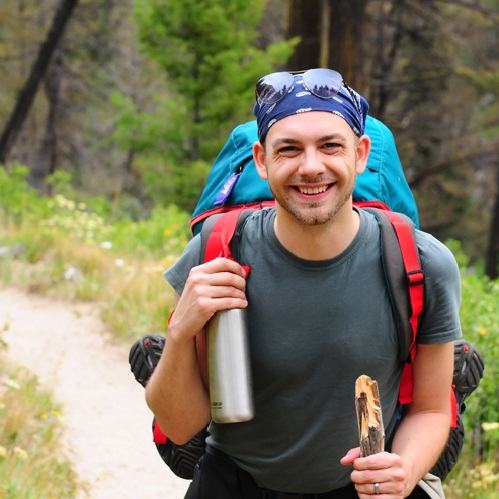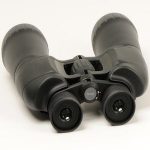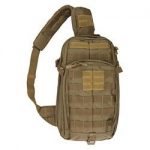When you think about that ideal backpacking trip, you likely picture unencumbered flexibility as you trek nimbly on woody routes, breathing fresh mountain air and feasting your eyes on the natural appeal around you.
Too typically, though, backpackers invest their time on the trail groaning beneath the weight of their heavy packs. They trudge along on cumbersome military-style boots that blister their feet, while sore backs and shoulders contribute to their pain. If the discomfort and discomfort of standard backpacking make you see the trail as a painful obstacle between you and your camping area, you might be missing out on the point!
There is a much better method: ultralight backpacking.
Lightweight backpackers are those with a base pack weight between 10 and 20 pounds. Either of these classifications will result in a visibly lighter, more enjoyable backpacking experience on the trail, with minimal sacrifice inconvenience at the campground.
The Attitude
More than a list of do’s and don’t’s, ultralight backpacking starts with a ruthlessly penny-wise mindset that states, “If I don’t require it, I will not bring it.” Ultralight backpackers comprehend that ounces amount to pounds, so they look seriously at every ounce in their packs. They contradict traditional concepts of “just in case” and “required equipment” as undeniable truth. They take notes of what they actually require on the trail and reconsider everything else in terms of the ultralight mindset. This mindset can be phrased in a useful concern: “Do I truly need it?”

Since ultralight backpacking is an attitude, not a gear list, there is a terrific deal of flexibility to define what it implies for you. As you remove away nonessentials and pick lighter equipment, you may discover that there are things that you truly don’t want to do without.
The Big Three
After you’ve established a “lightweight” mindset, it’s time to begin in fact decreasing weight! We’ll start with “The Big Three”: your pack, sleeping bag, and camping tent.
- Backpack – For years, backpacking has been controlled by the framepack– a big pack with rigid stays to assist move weight to the hips and off the shoulders. This kind of construction, while extremely reliable at assisting you to carry substantial loads, really includes significant weight to your pack. For the light-weight backpacker, frame packs are typically unnecessary. Hikers with loads of less than 15 pounds are benefited little by a frame, and they can reduce weight by 1 or 2 pounds by opting for a simpler, frameless pack. Some examples consist of Gossamer Gear Packs and GoLite Packs.
- Sleeping Bag – In some warmer areas, you may conserve some substantial weight by bringing a hoodless sleeping bag, as opposed to a mummy-style bag. An affordable goal would be to attempt for a sleeping bag that weighs around 2 pounds.
- Camping tent – By far the easiest place to lower pack weight is a shelter. A tent can quickly be 5, 6, or 7 pounds, making it the heaviest item in your pack. Prior to you simply shrug and carry it, however, there are a couple of methods to trim the excess off here. First, apply your light-weight mindset and have a look at the weather. Do you even require a tent? In warm weather condition without any chance of rain, you might simply leave the tent in the house, and delight in a night under the stars as an included benefit. If you need a shelter, consider a tarp shelter like the Gossamer SilTwinn. For a more windproof and waterproof shelter, many modern-day tents can be found at around 3 pounds.
It’s the little things
Your weight reductions in the Big 3 can take as much as 10 pounds off your back, but the little things can accumulate too! Keep an eye out for excess in the following classifications:
- Cookware – Take a glimpse through your camp cooking area. Cookware tends to be heavy, so be critical here.
- Shoes – No, they’re not on your back, but heavy shoes can have you dragging your feet by the end of a long day on the path. After significant weight reductions in your pack, numerous hikers find heavy trekking boots unnecessary and delight in the buoyant sensation of requiring to the trail in running shoes or light trail shoes.
- Clothes – Again, understand your location and your climate condition. Pack just what you require for predicted conditions, keeping security in mind (mountain weather condition is notoriously unforeseeable). Look for synthetic fabrics that offer powerful insulation for a portion of the weight of cotton or wool. If you quit silly impressions of smelling fresh as a daisy, you can also trim entire pounds off your load by eliminating extra changes of clothing.


